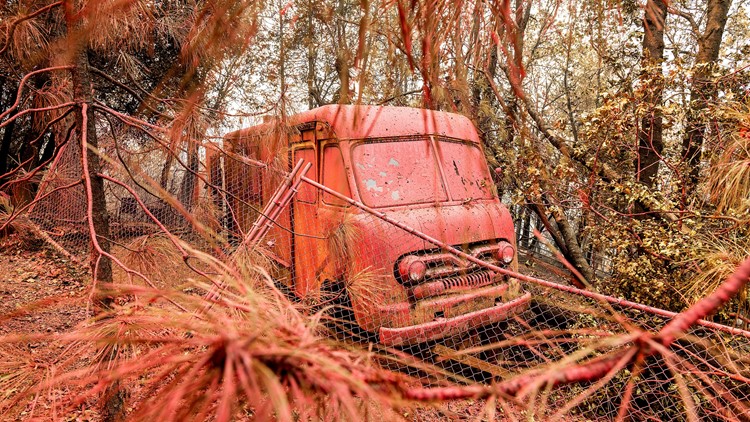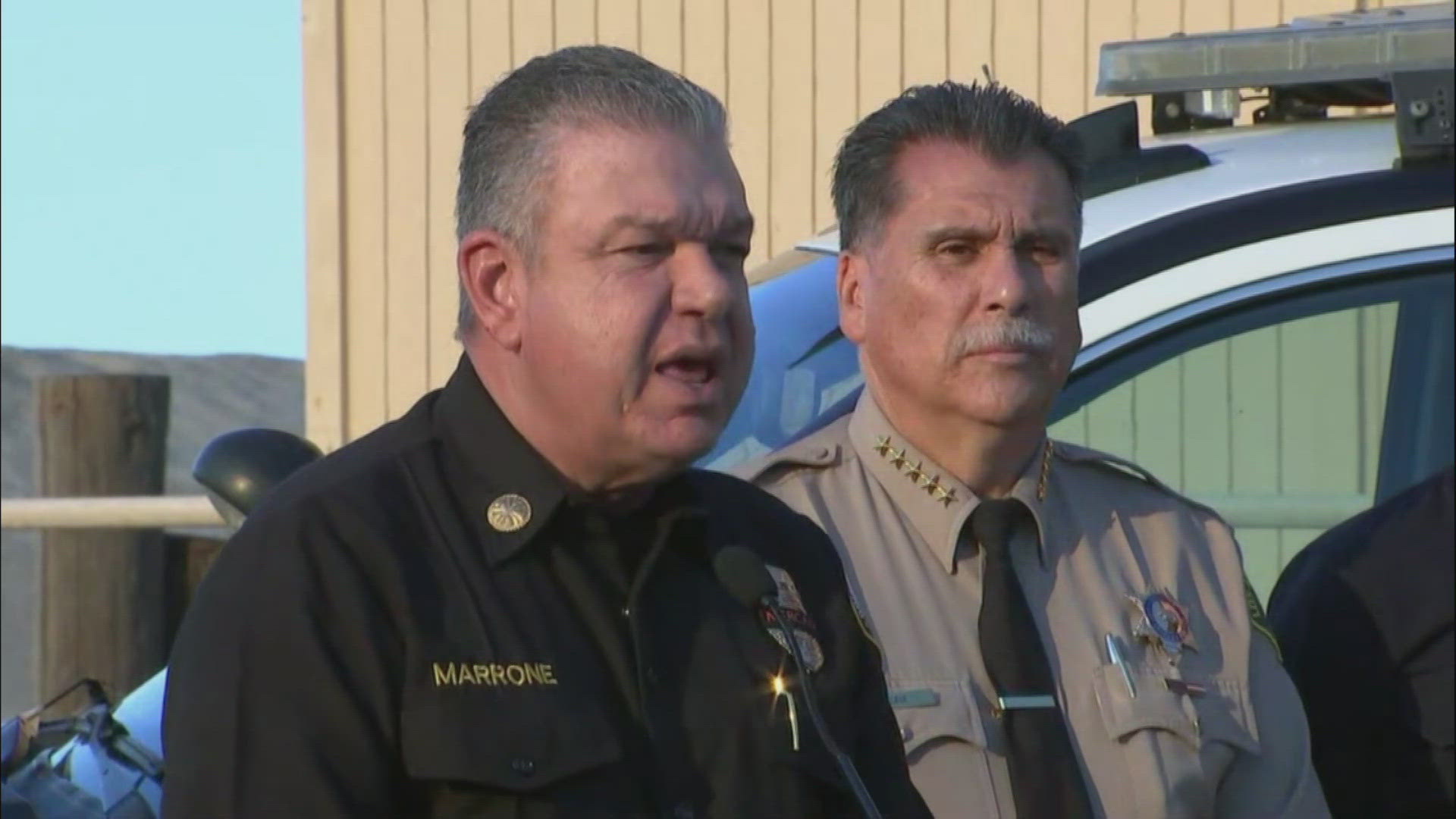LAKEHEAD-LAKESHORE, Calif. — 10:02 p.m. update:
Over 40 buildings are destroyed from the so-called Salt Fire that is burning near Mount Shasta.
According to the Shasta-Trinity National Forest incident page, 27 homes and 14 outbuildings were destroyed by the fire.
Four outbuildings were also damaged.
Original story:
Firefighters are battling home-destroying blazes in Northern California and national forest officials are warning Fourth of July visitors to be aware that untended campfires or even a misplaced spark could ignite new fires.
Authorities say a dragging trailer chain or hot car exhaust could set alight bone-dry brush and grass.
Hot metal from a car is suspected of sparking the so-called Salt Fire near Mount Shasta that's burned at least a dozen homes and other buildings. According to the latest figures from Cal Fire, the Salt Fire has burned 7,467 acres and is still only 5% contained.
At this time the assessment shows:
- 27 residences have been destroyed
- 14 outbuildings have been destroyed
- 4 outbuildings have been damaged
Evacuation Orders:
- Fenders Ferry Rd. between I-5 and Gilman Rd.
- Zola Drive
- Cordes Court
- Solus Campground Road
- Toms Head Road
- Antlers View Road
- Old Mill Road
- Residents of Gregory Creek Road should shelter in place or go to Gregory Creek Beach.
Evacuation Warnings:
- Delta School Rd.
- Delta Rd.
- West of I-5 from the south end of Lakeshore Drive to the north end of Lakeshore Drive.
An evacuation center is being set up at Central Valley High School located in Shasta Lake.
WILDFIRE PREPS
According to Cal Fire, 2020 was one of the most severe fire seasons on record as 9,917 wildfires burned 4.2 million acres. Over 9,000 structures were destroyed, and 31 people (civilians and firefighters) were killed.
California also experienced its first "Gigafire" because of the August Complex Fire, burning over 1 million acres by itself. Four of California's top five largest wildfires in state history happened in 2020.
If you live in a wildfire-prone zone, Cal Fire suggests creating a defensible space around your home. Defensible space is an area around a building in which vegetation and other debris are completely cleared. At least 100 feet is recommended.
The Department of Homeland Security suggests assembling an emergency kit that has important documents, N95 respirator masks, supplies to grab with you if you’re forced to leave at a moment’s notice. The agency also suggests signing up for local warning system notifications and know your community’s evacuation plans best to prepare yourself and your family in cases of wildfires.
Some counties use Nixle alerts to update residents on severe weather, wildfires, and other news. To sign up, visit www.nixle.com or text your zip code to 888777 to start receiving alerts.
PG&E customers can also subscribe to alerts via text, email, or phone call. If you're a PG&E customer, visit the Profile & Alerts section of your account to register.



